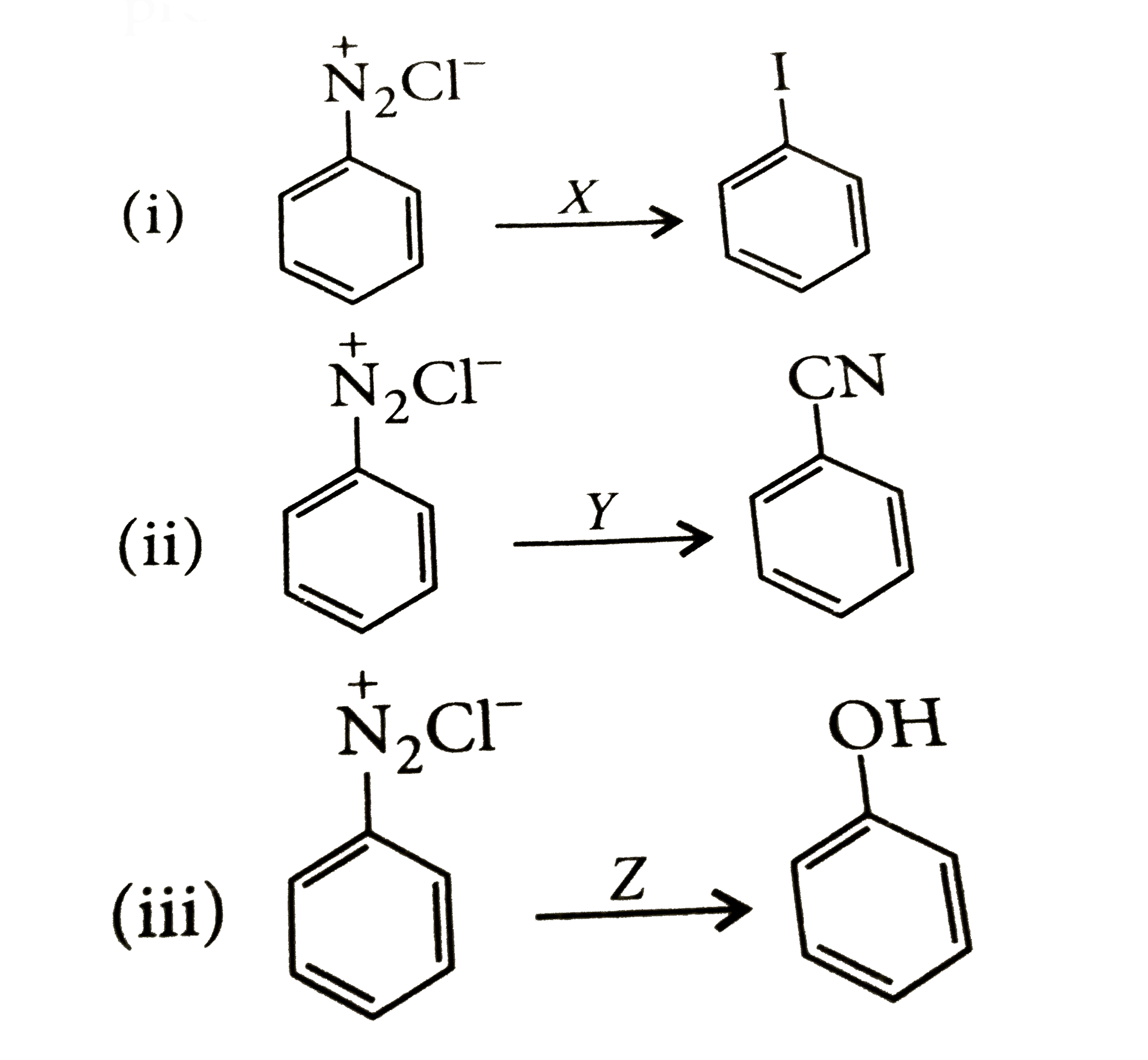'X'+AgNO3→'Y' (yellowish white ppt) 'Y' is soluble is nitric acid and ammonia. The ppt. becomes yellowish brown upon addition of excess reagent owing to the formation of 'Z'. If aqueous suspension of 'Y' is boiled then it gives the same product 'Z'.
Here 'X' and 'Y' are:
CO2−3 and Ag2O
CO2−3 and Ag2CO3
HCO−3 and Ag2CO3
HCO−3 and Ag2O
The correct Answer is:B
Topper's Solved these Questions
- SALT ANALYSISBOOK - GRB PUBLICATIONCHAPTER - SALT ANALYSISEXERCISE - Comprehension 41
1 Videos
- SALT ANALYSISBOOK - GRB PUBLICATIONCHAPTER - SALT ANALYSISEXERCISE - Comprehension 42
1 Videos
- SALT ANALYSISBOOK - GRB PUBLICATIONCHAPTER - SALT ANALYSISEXERCISE - Comprehension 39
1 Videos
- S BLOCK ELEMENTSBOOK - GRB PUBLICATIONCHAPTER - S BLOCK ELEMENTSEXERCISE - SUBJECTIVE TYPE
9 Videos
- THERMODYNAMICSBOOK - GRB PUBLICATIONCHAPTER - THERMODYNAMICSEXERCISE - All Questions
704 Videos
Similar Questions
Knowledge Check
'X'+AgNO3→'Y' (yellowish white ppt) 'Y' is soluble is nitric acid and ammonia. The ppt. becomes yellowish brown upon addition of excess reagent owing to the formation of 'Z'. If aqueous suspension of 'Y' is boiled then it gives the same product 'Z'.
Here 'Z' is:AAg2CO3BAgCAg2ODall of theseX+AgNO3→Y (white ppt.)
Y is soluble in nitric acid an ammonia. The ppt. becomes yellowish brown upon addition of excess reagent owing to the formation of Z. If aqueous suspension of Y is boiled then it gives same product Z.
Her, X and Y are:ACO2−3 and Ag2OBCO2−3 and Ag2CO3CHCO−3 and Ag2CO3DHCO−3 and Ag2OX+AgNO3→Y (white ppt.)
Y is soluble in nitric acid an ammonia. The ppt. becomes yellowish brown upon addition of excess reagent owing to the formation of Z. If aqueous suspension of Y is boiled then it gives same product Z.
Here Z is:AAg2CO3BAgCAg2ODall of these
A compound X on heating gives a colourless gas. This residue is dissolved in water to obtain Y. excess CO2 is bubbled through aqueous solution of Y, Z is formed. Z on gentle heating give back X. the X is
View SolutionA compound X on heating gives a colourless gas. This residue is dissolved in water to obtain Y. excess CO2 is bubbled through aqueous solution of Y, Z is formed. Z on gentle heating give back X. the X is
View SolutionX, Y and Z are three consecutive elements. X on addition of one electron and Y on addition of two electrons become isoelectronic with element Z.
Element Y will have following property:
View SolutionX, Y and Z are three consecutive elements. X on addition of one electron and Y on addition of two electrons become isoelectronic with element Z.
Element Y will have following property:
View SolutionX, Y and Z are three consecutive elements. X on addition of one electron and Y on addition of two electrons become isoelectronic with element Z.
Element Y will have following property:
View Solution

